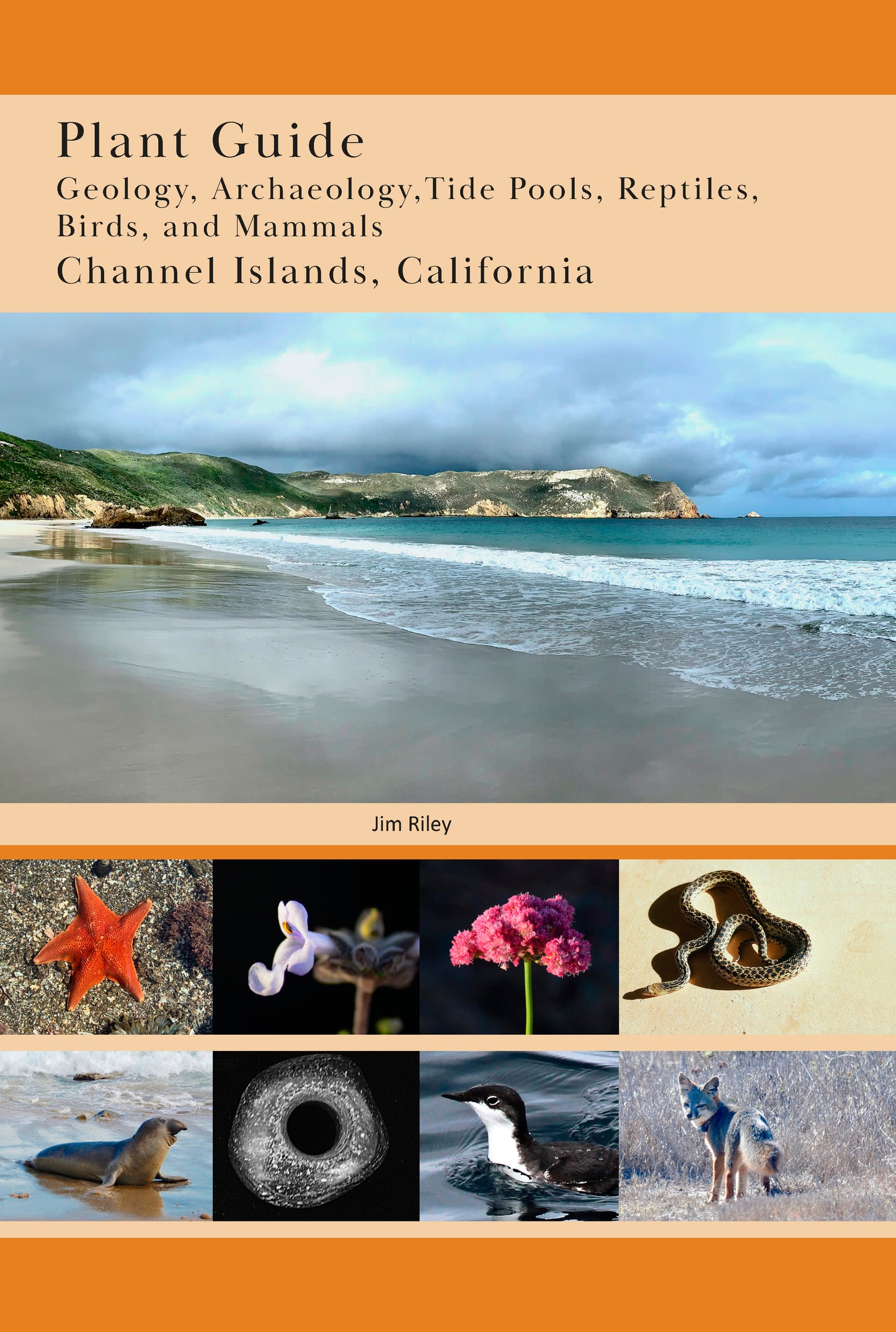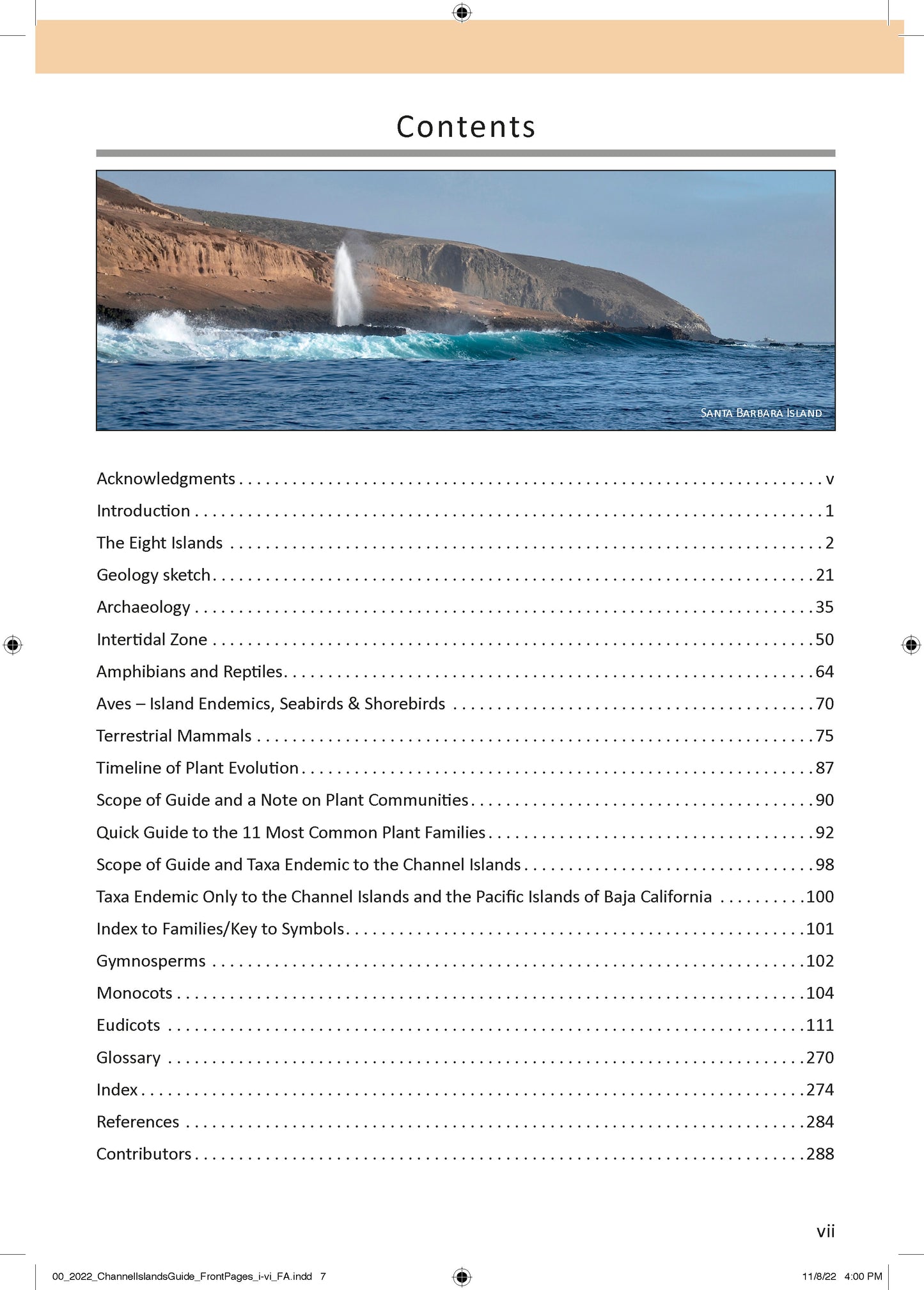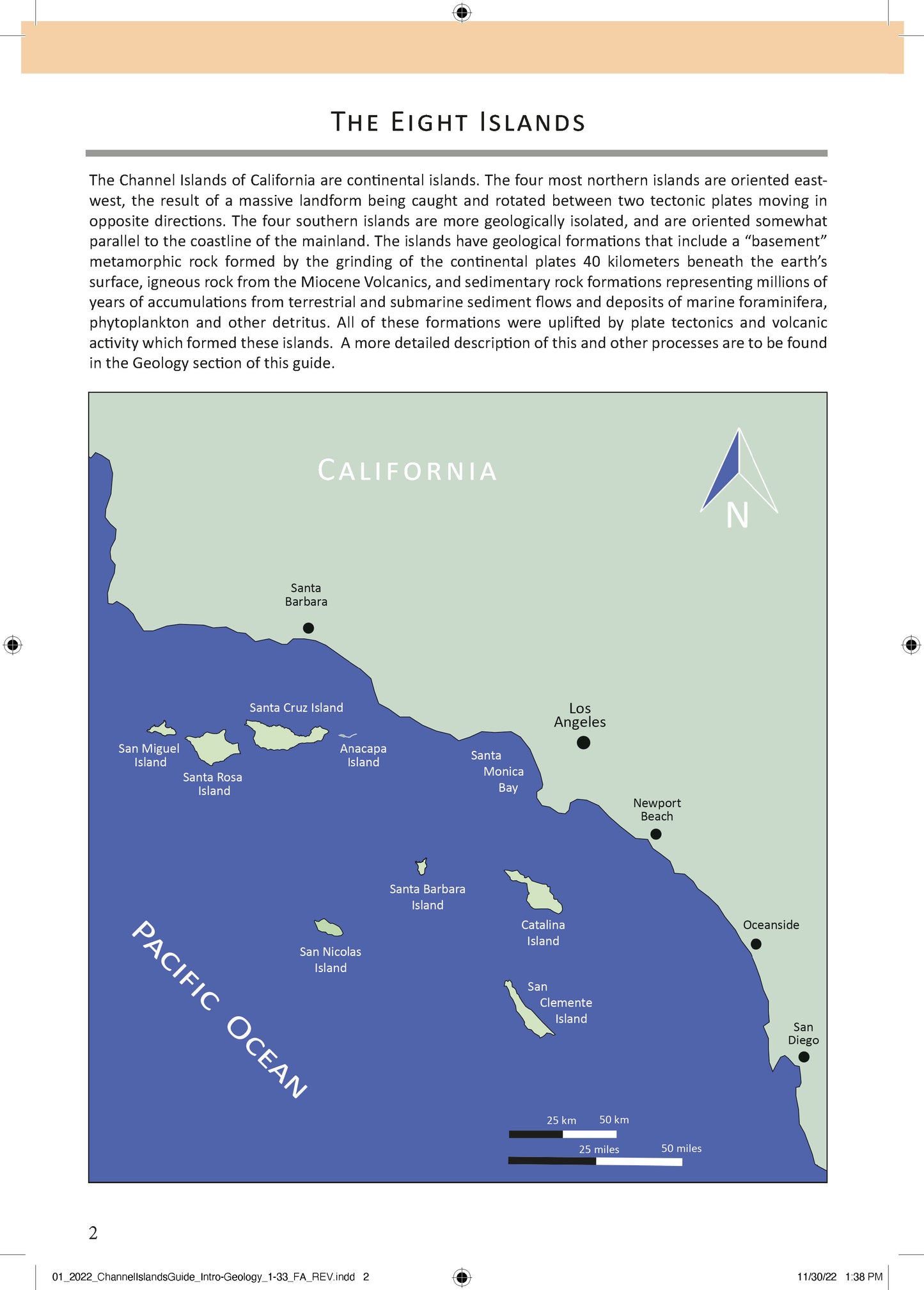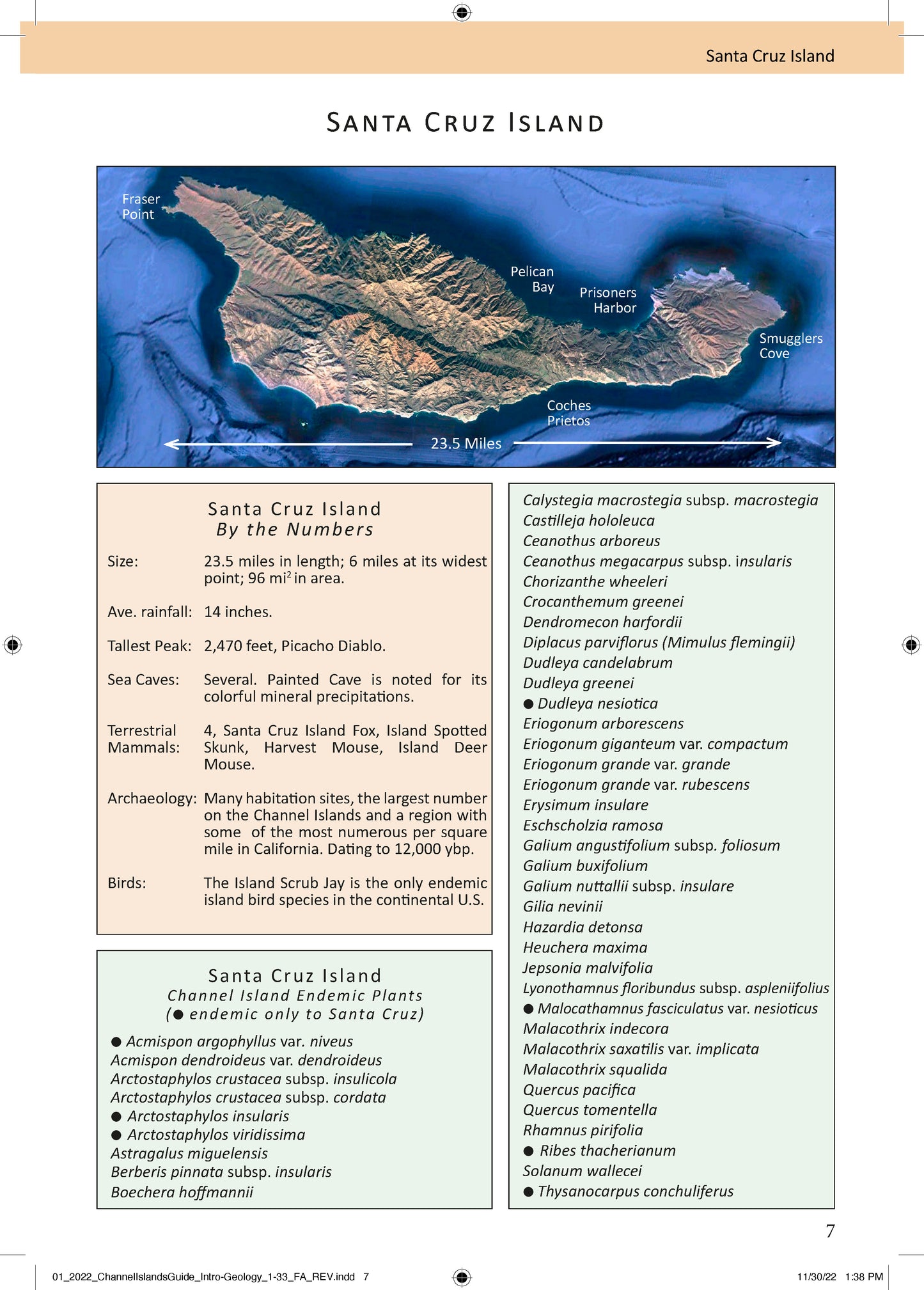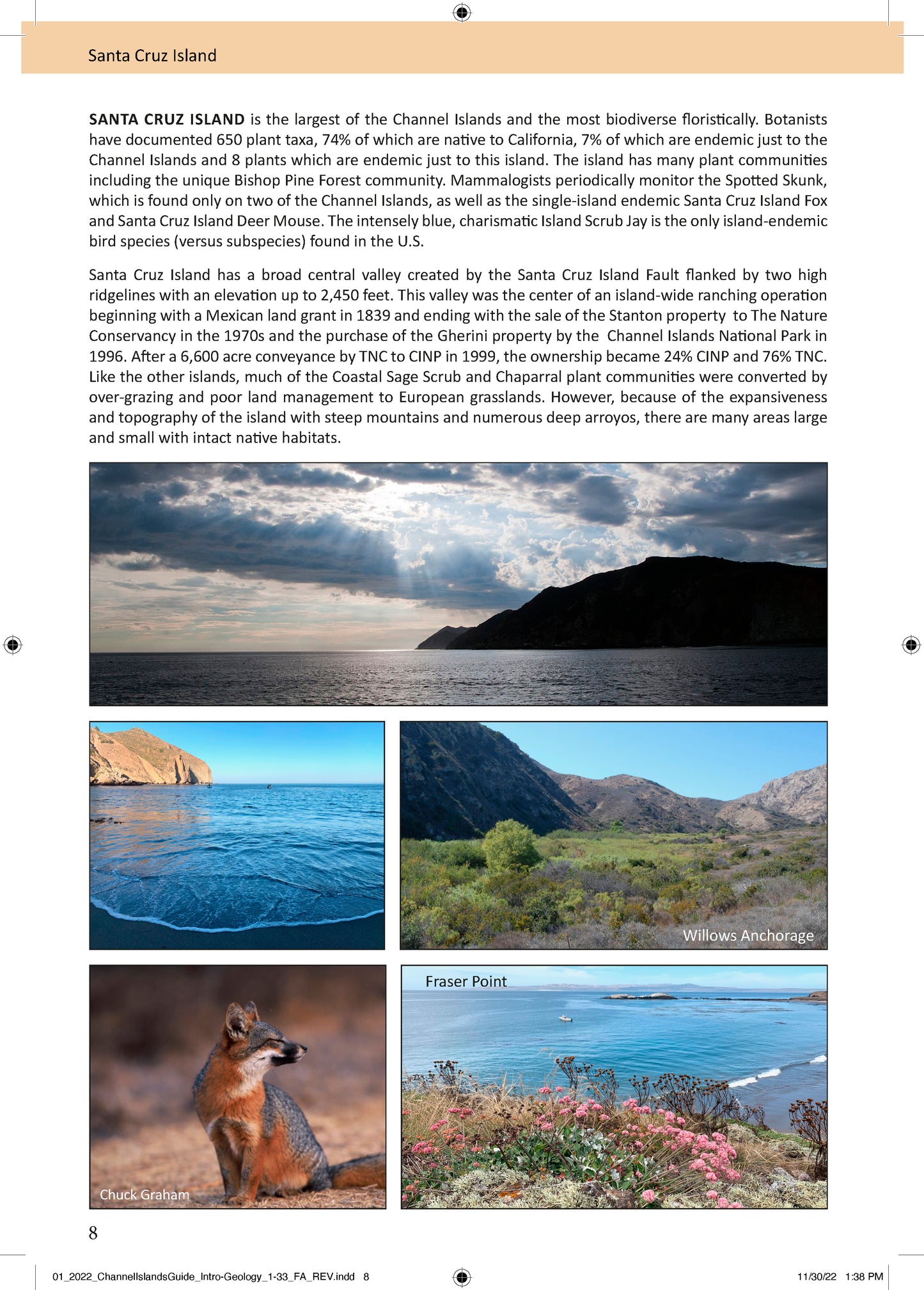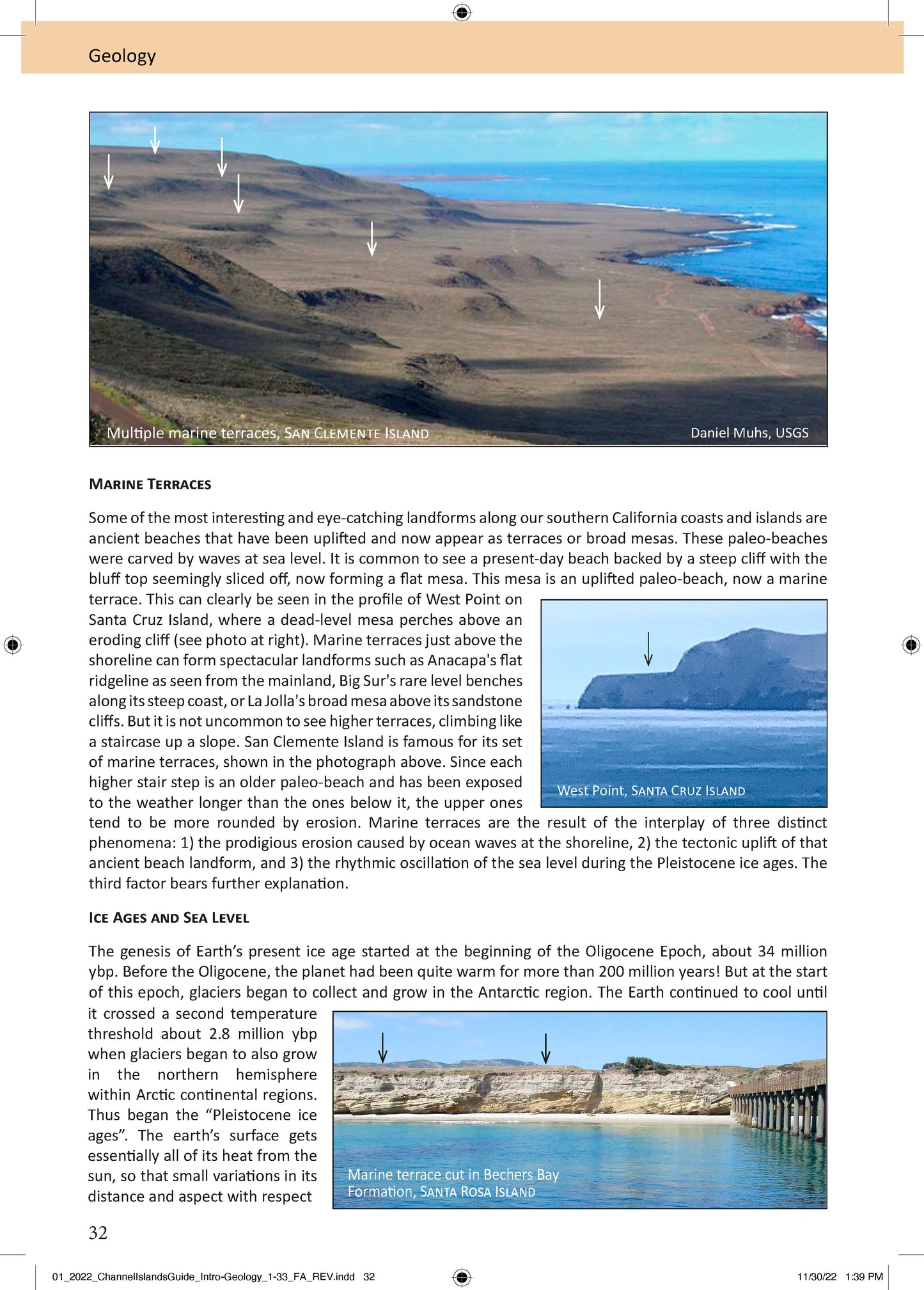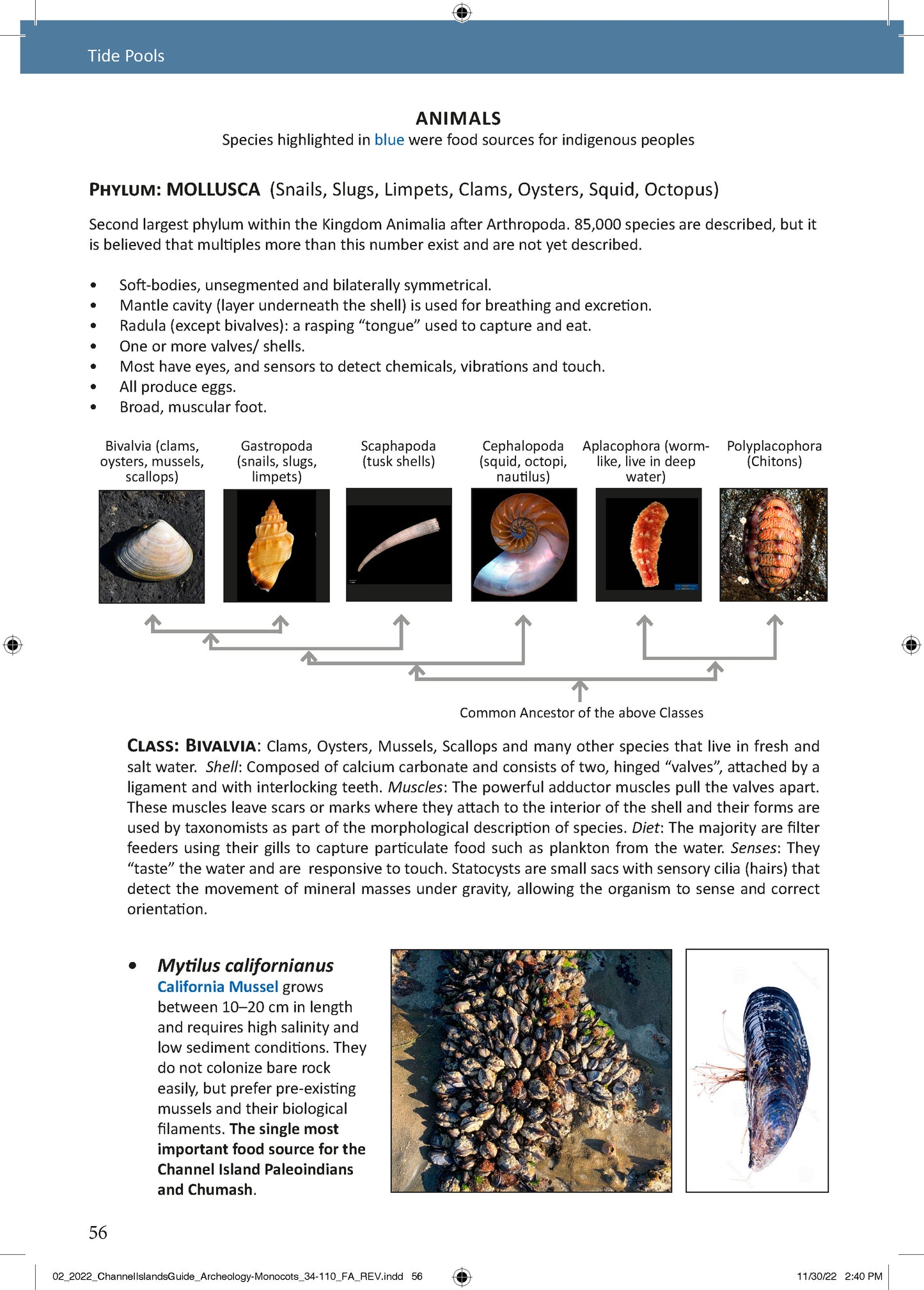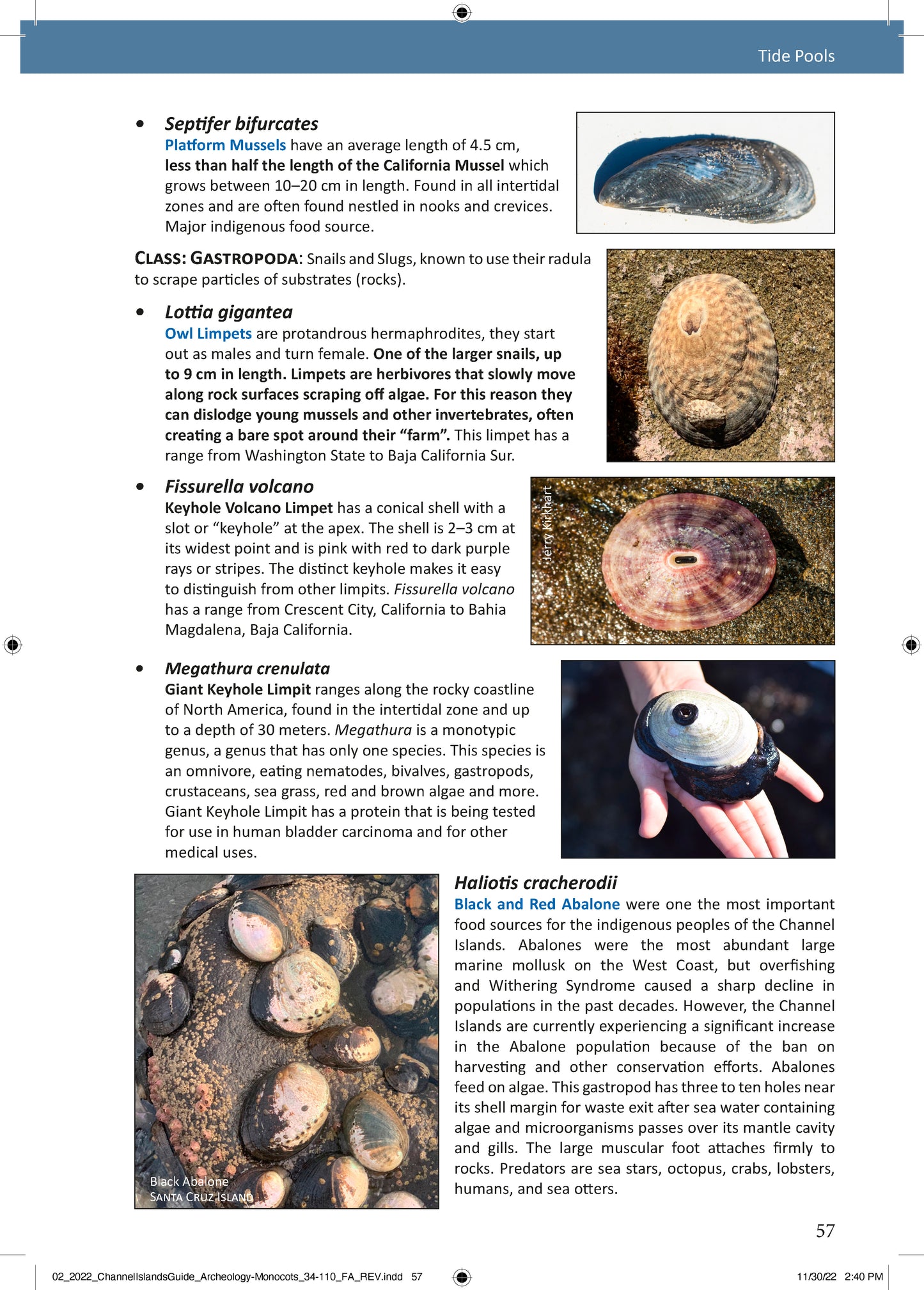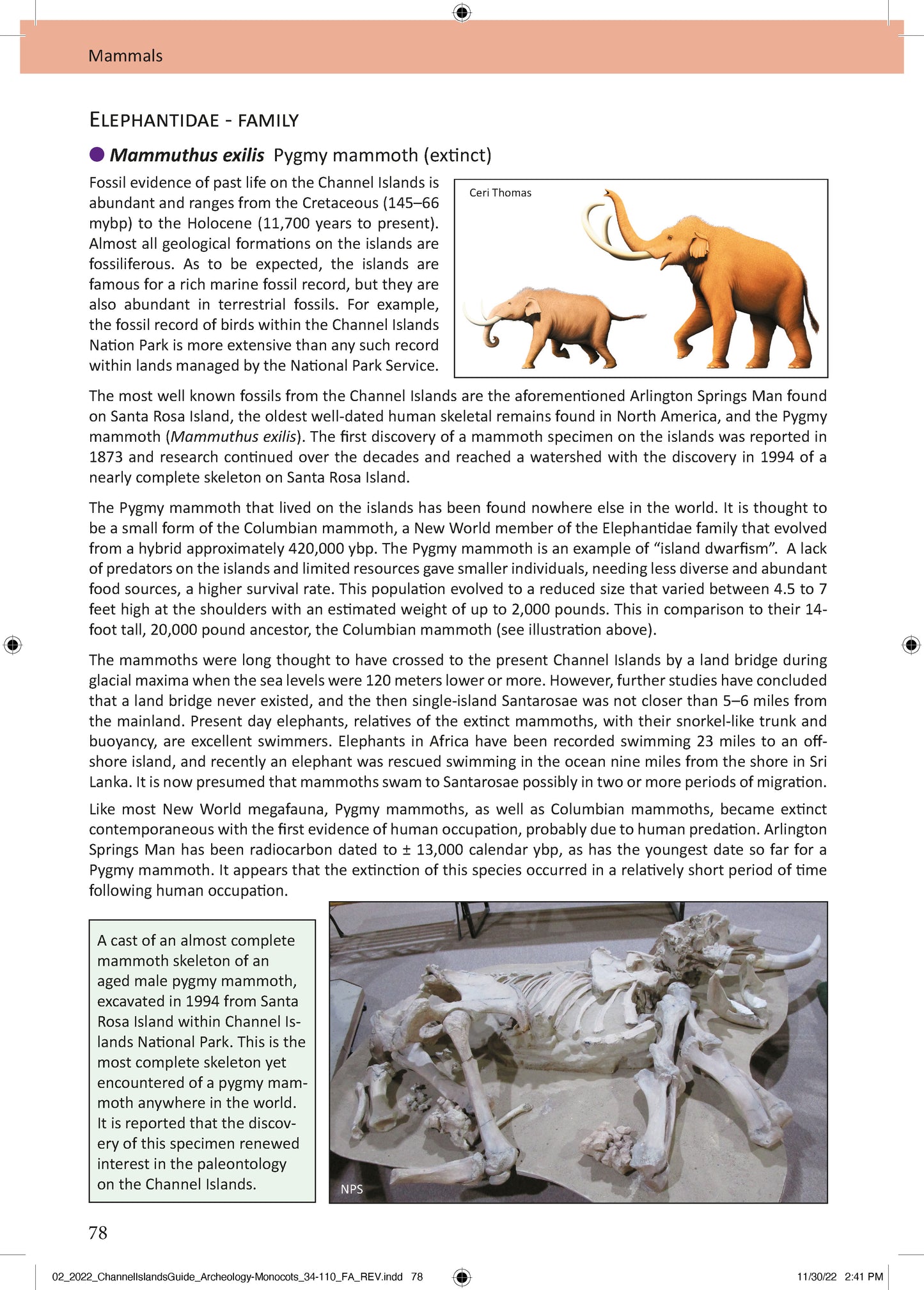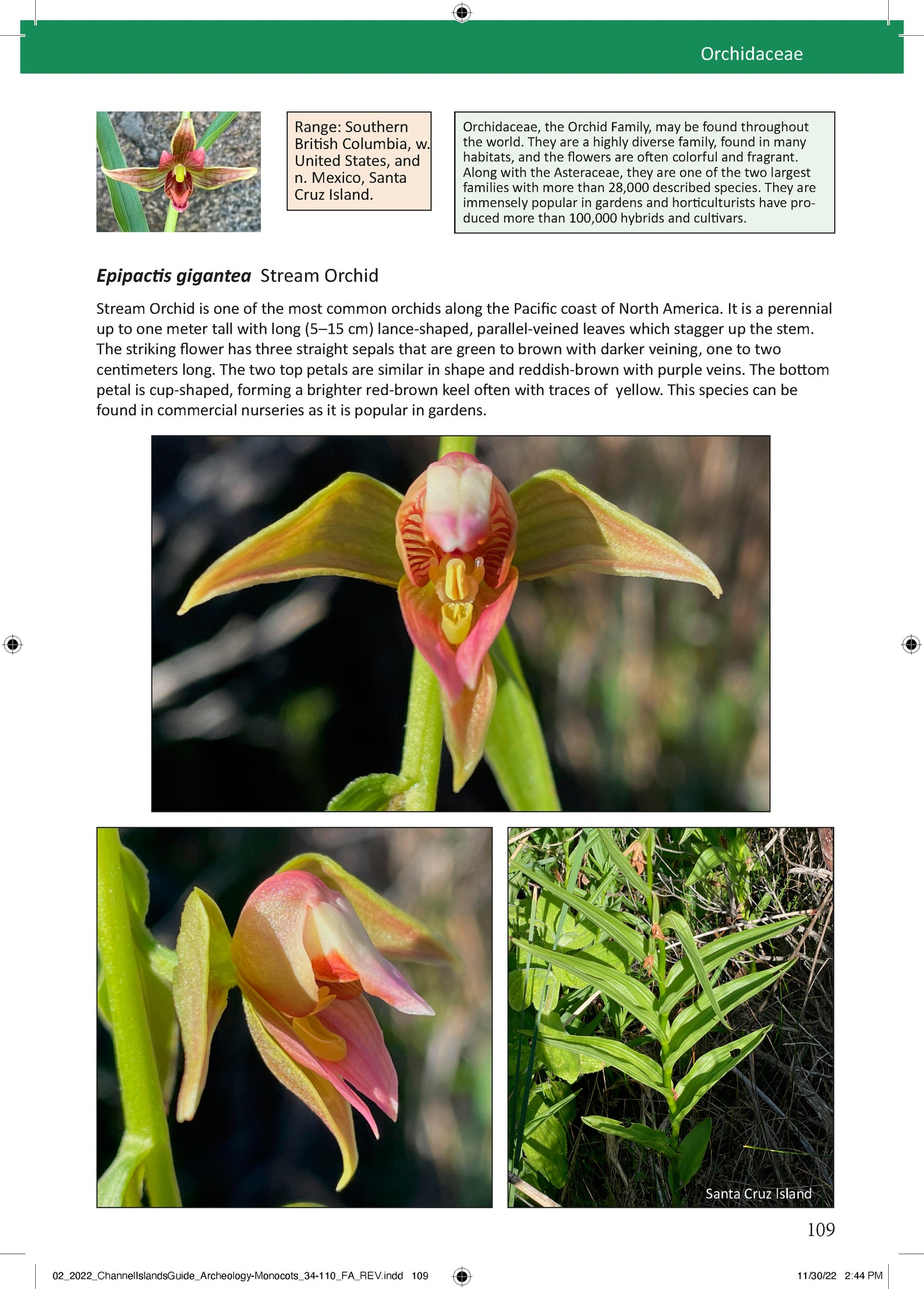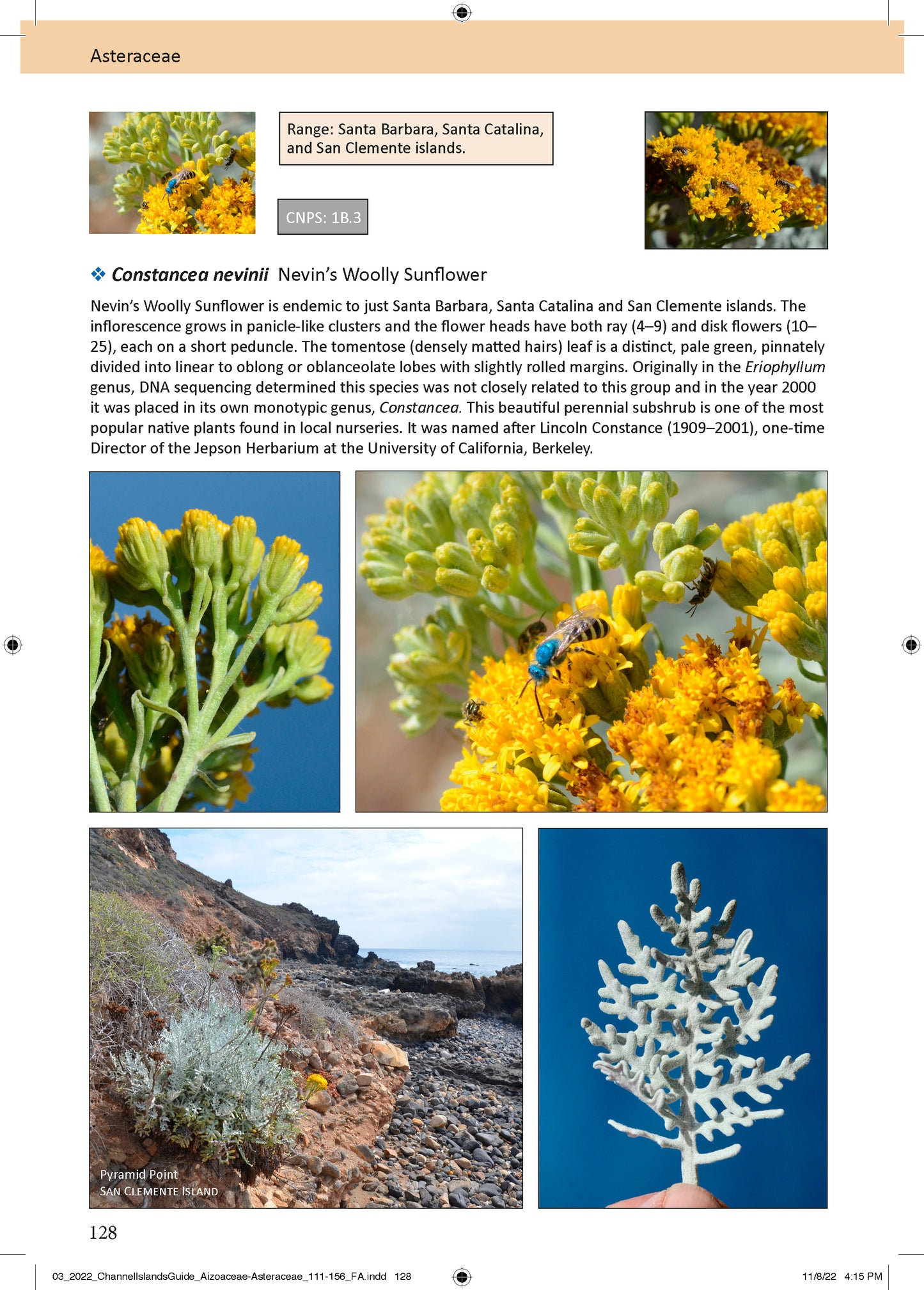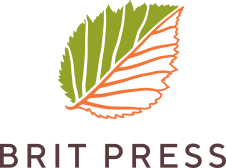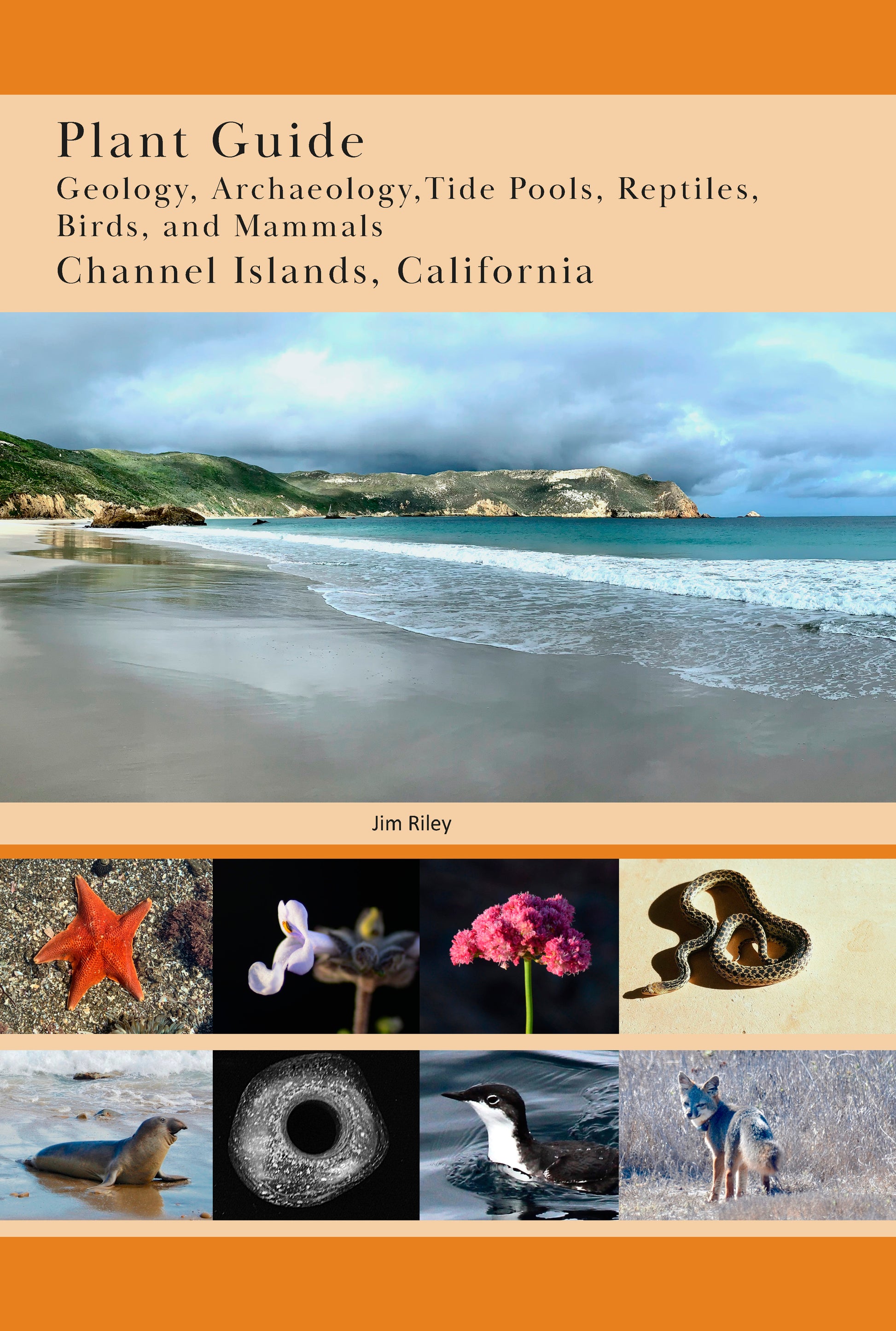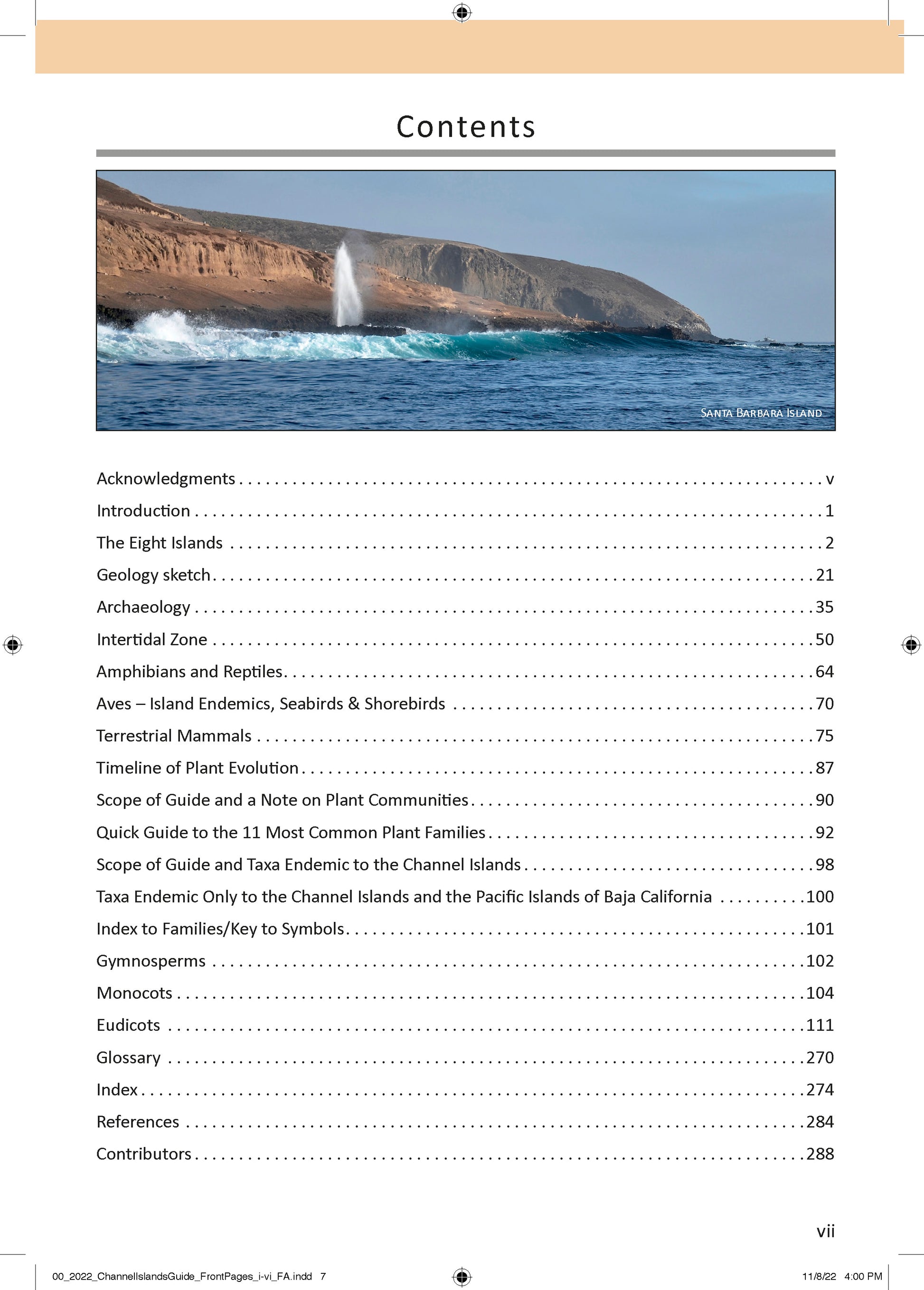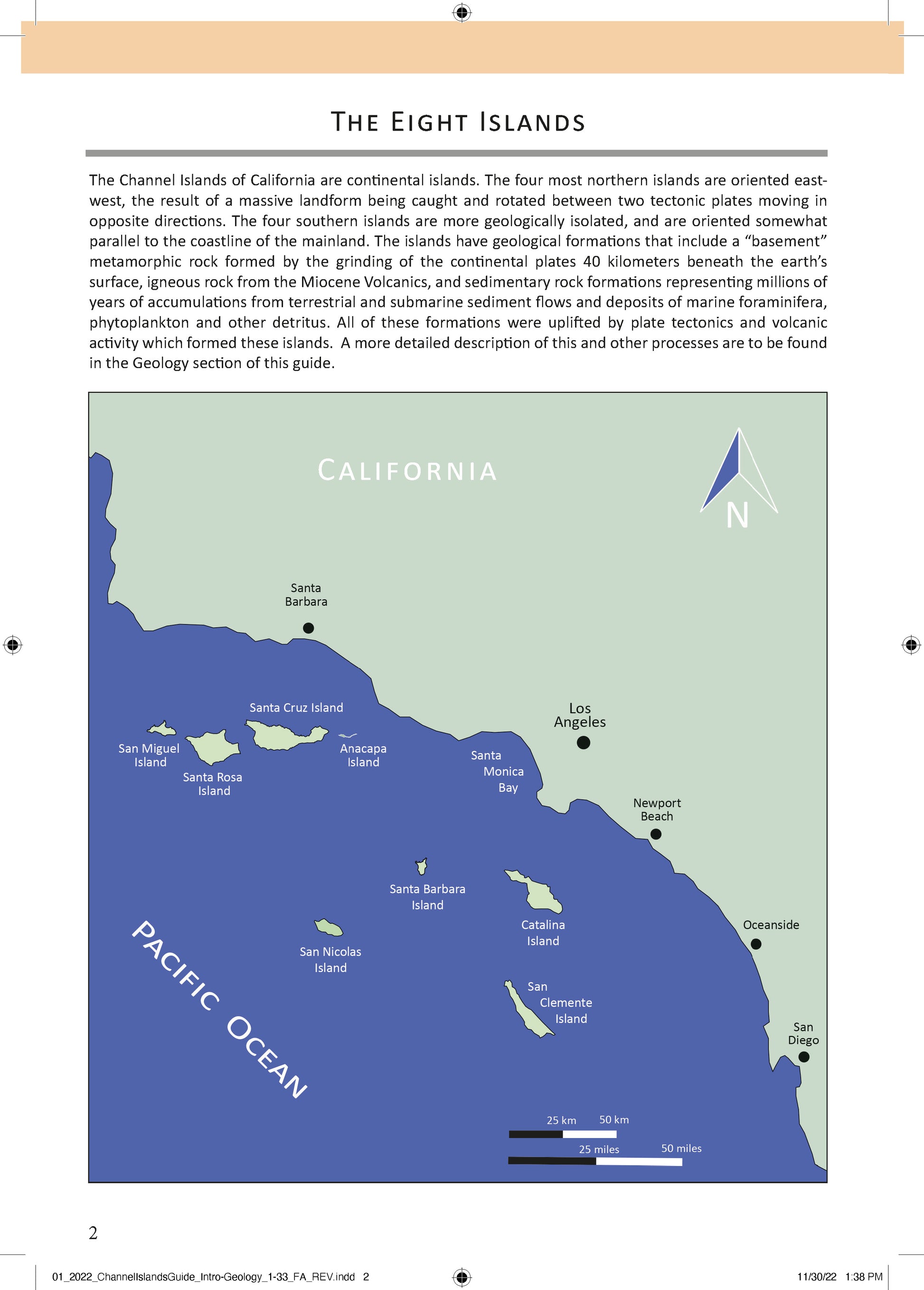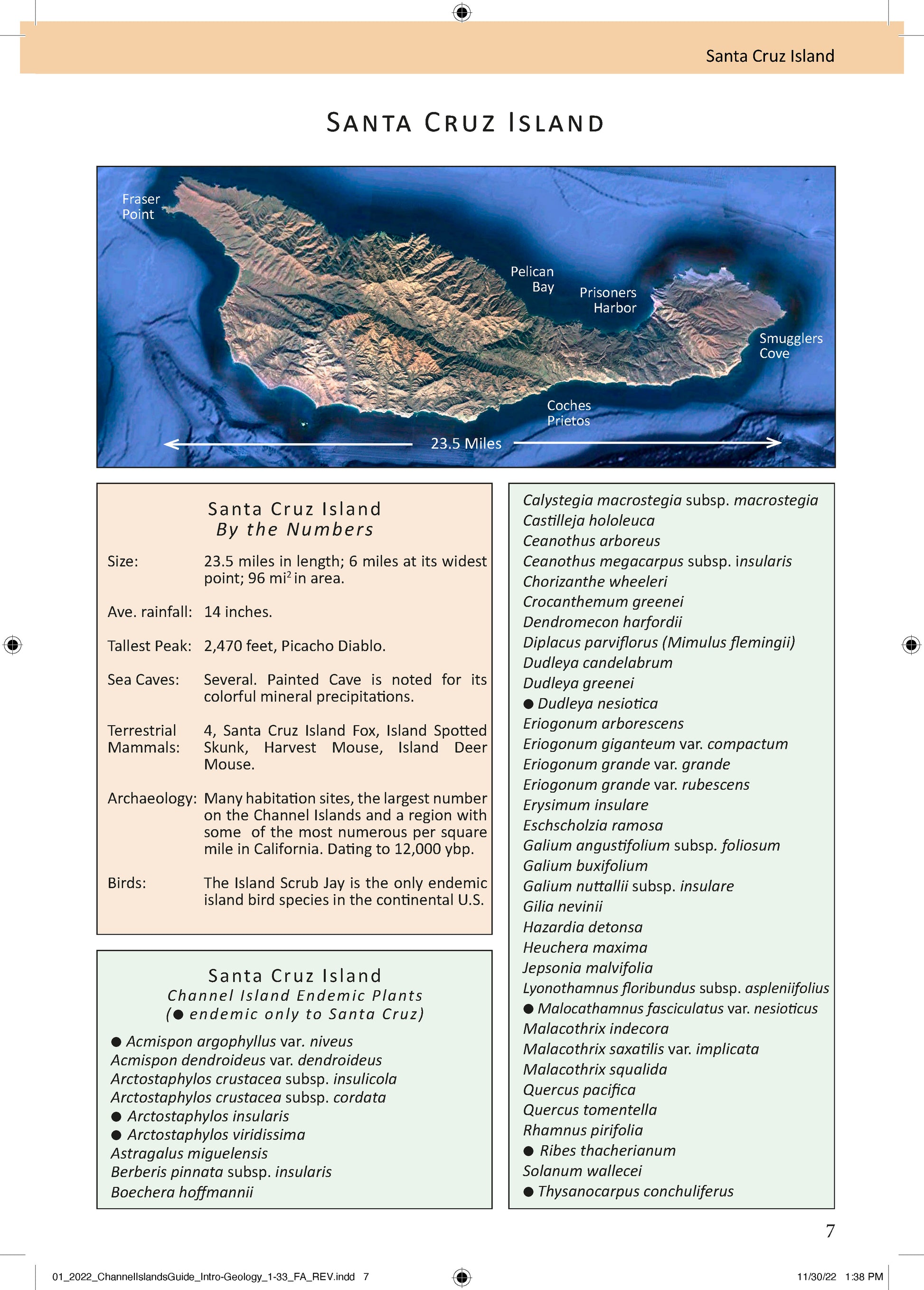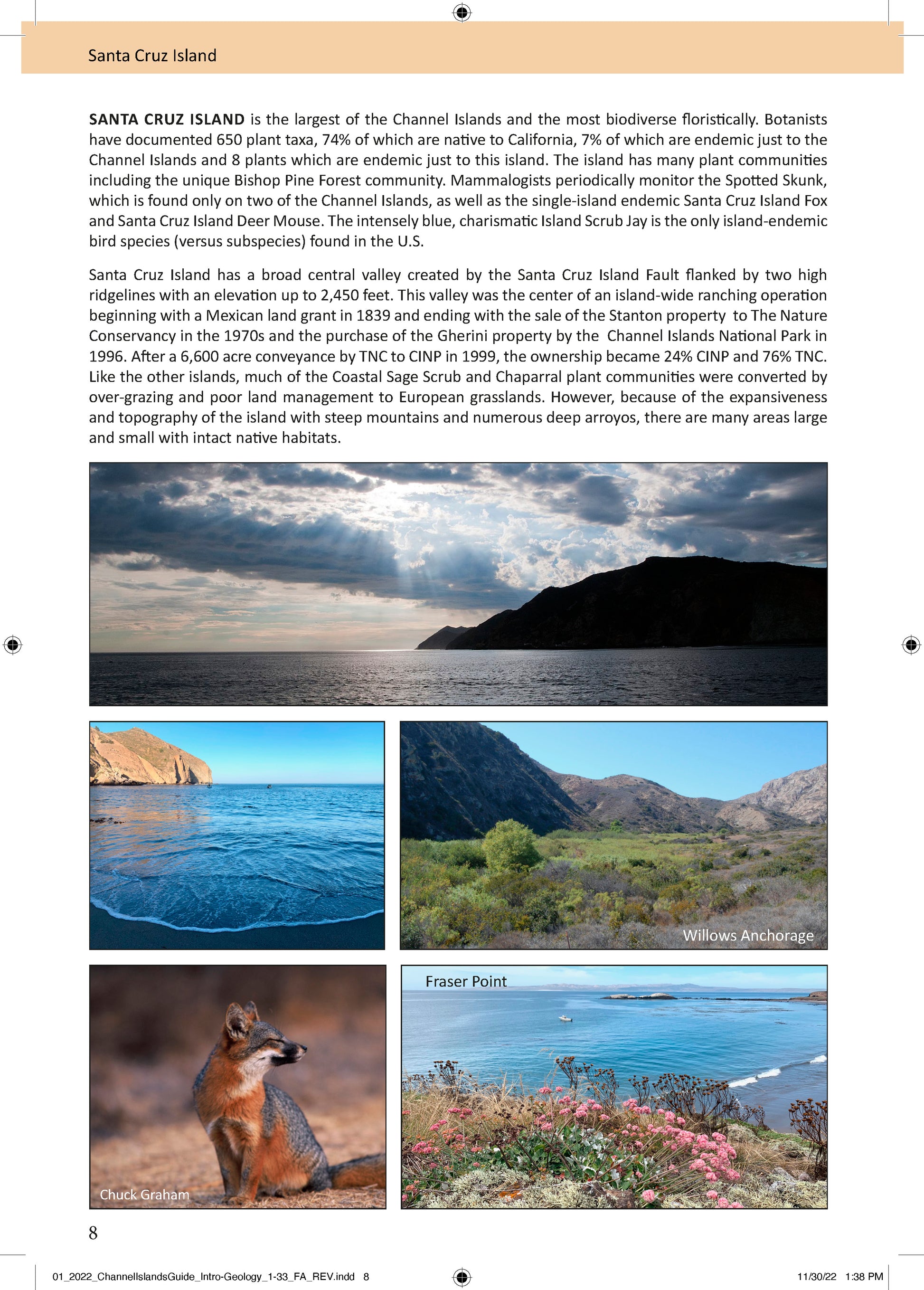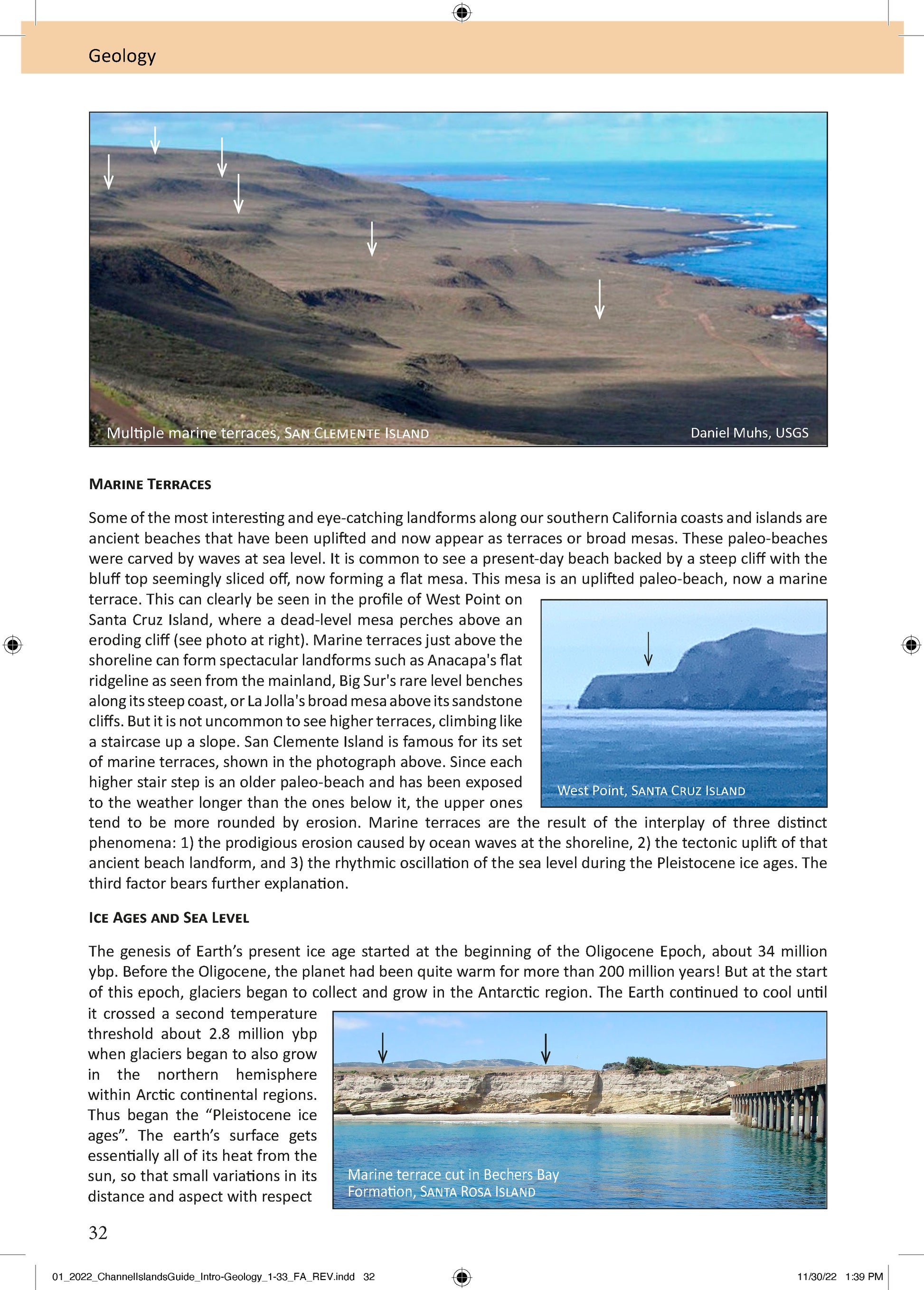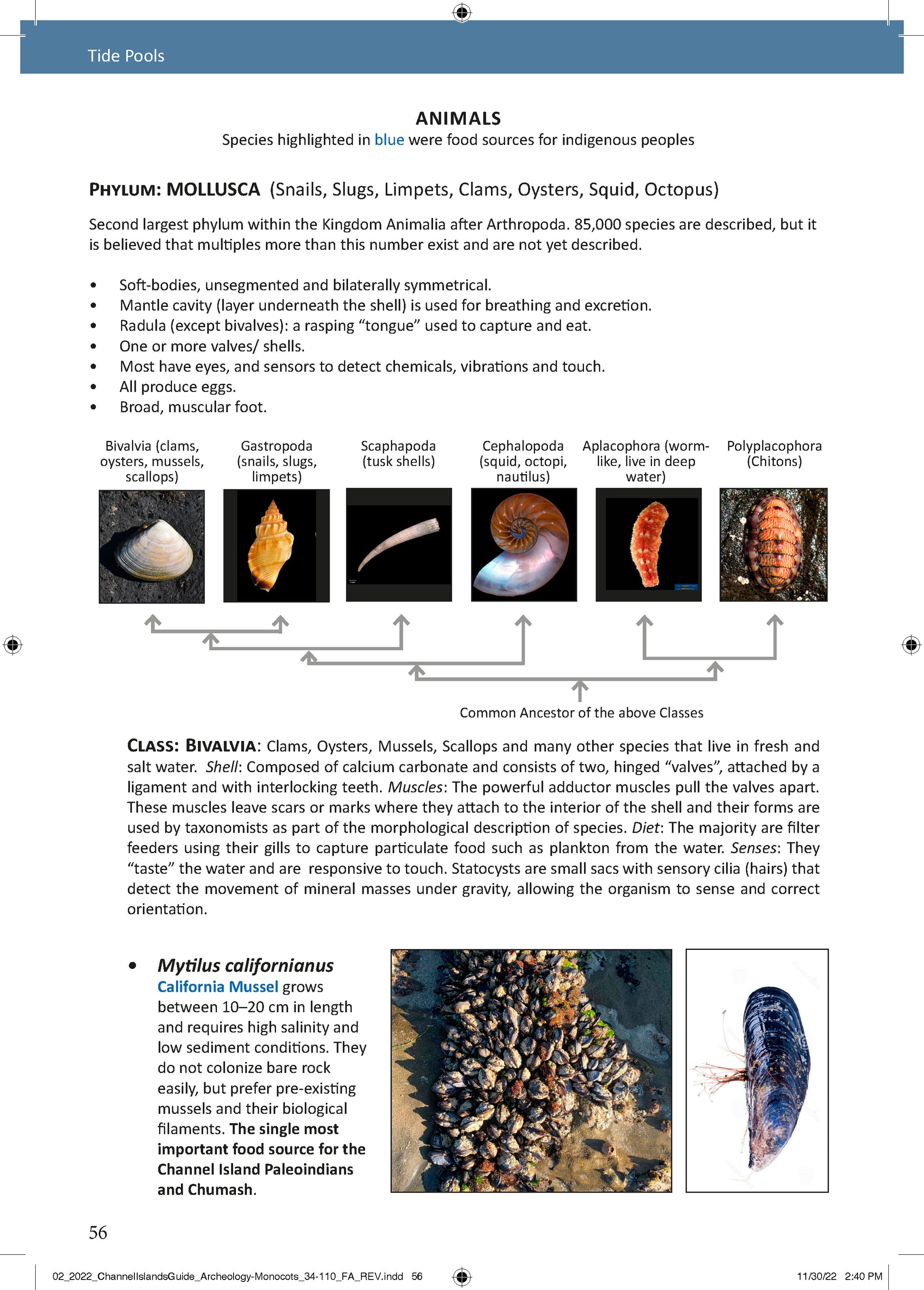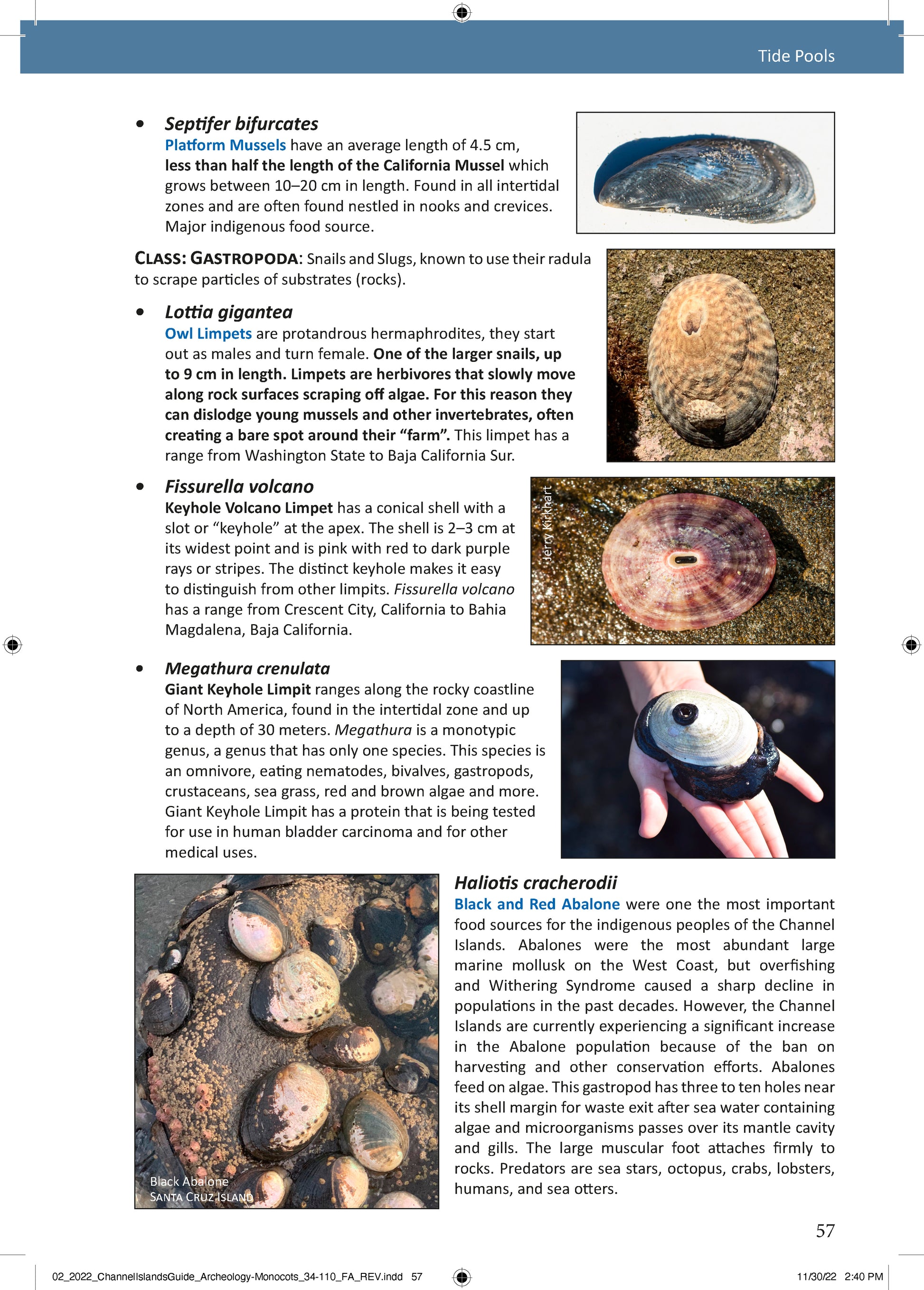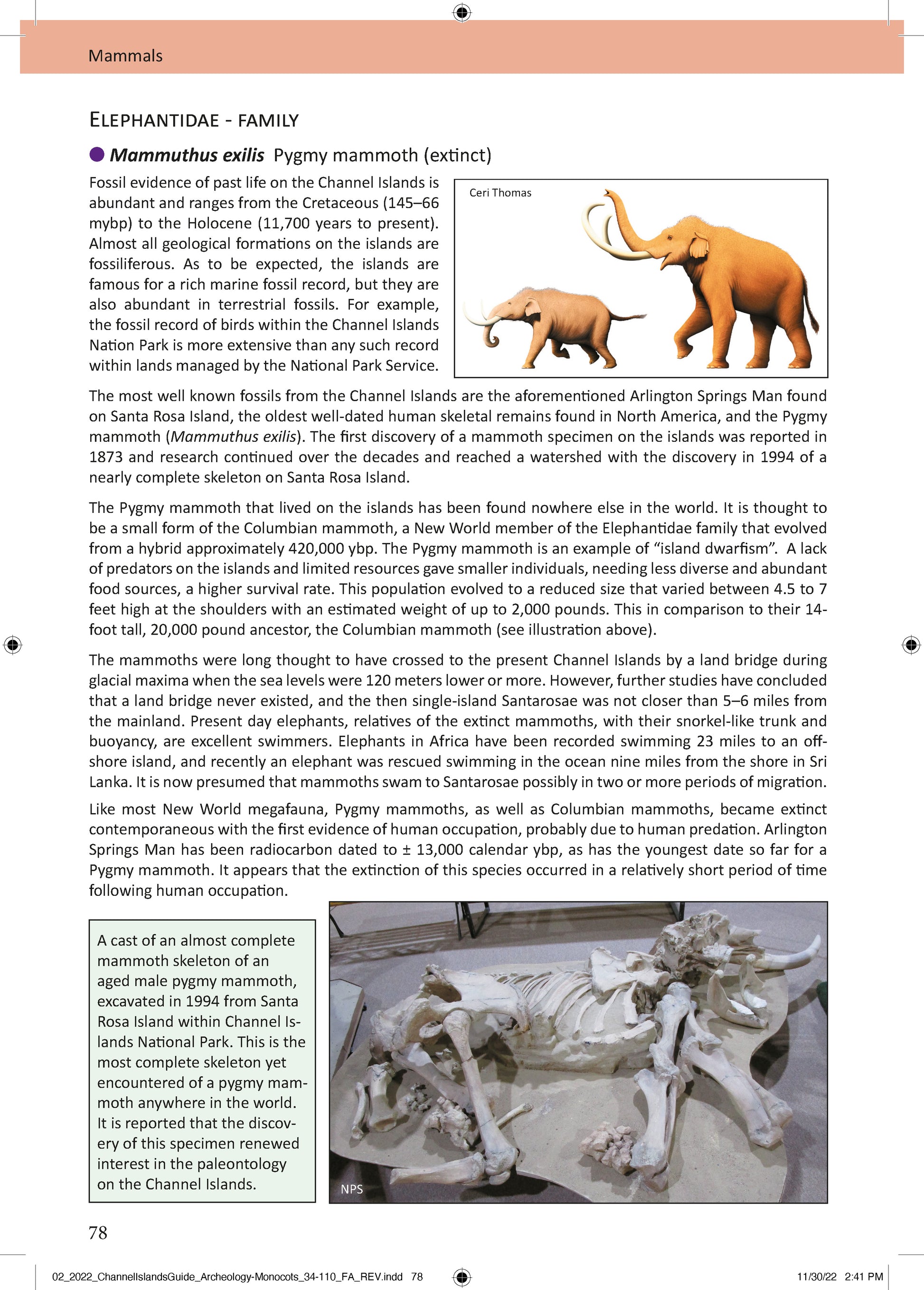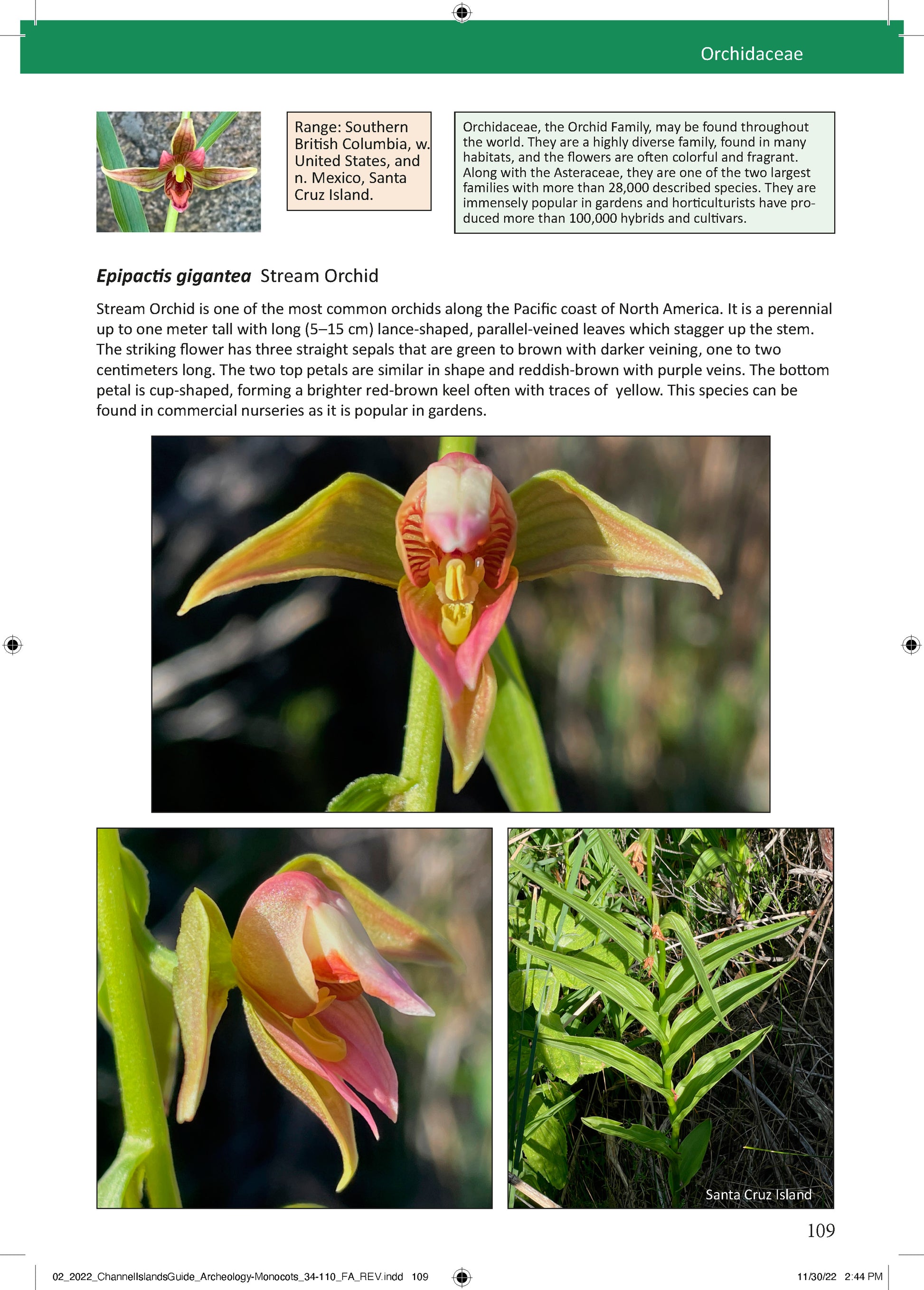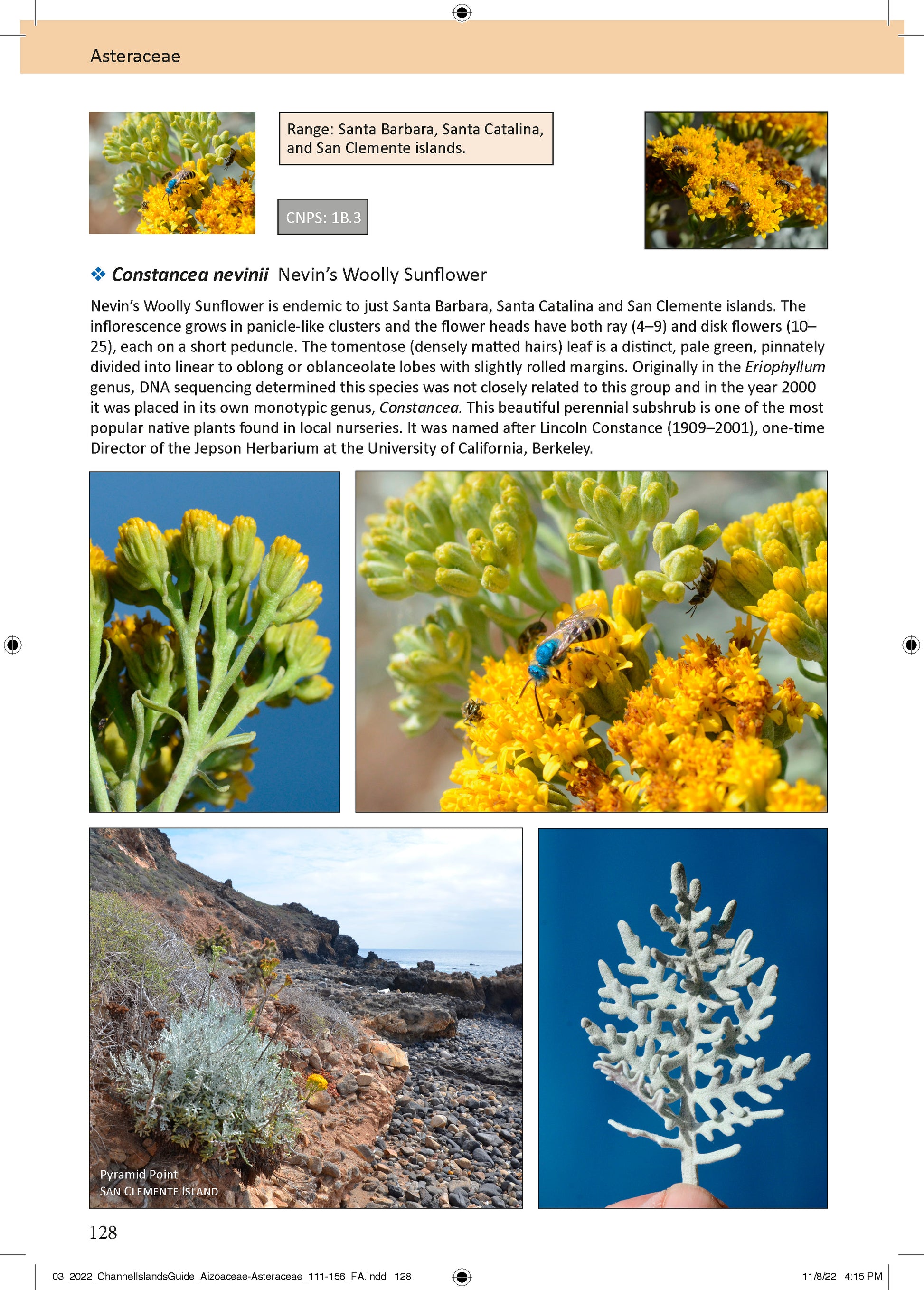The BRIT Store
Plant Guide: Natural History, Channel Islands, California
Plant Guide: Natural History, Channel Islands, California
Couldn't load pickup availability
Author:
Jim Riley
SBM 61
ISSN: 0883-1475
ISBN-13: 978-1-889878-70-6
Publication Date: 02/20/2023
Copyright © Botanical Research Institute of Texas
Specifications: 7"×10" (hbk, flex bind), 290 pp., full color pics/diagrams
About the Book
The Channel Islands of California are spectacular in every sense of the word, yet they are our least visited coastlines. The remoteness and difficulty of access make visiting these islands particularly rewarding. They are truly the only coastlines in California where one can explore a pre-Columbian habitat in solitude. This is a plant guide first and foremost, but it has sketches of the geology, archaeology, tide pools, reptiles, birds, and mammals of the islands. It has been written to showcase and promote the impressive and staggering beauty, diversity, and uniqueness of these islands for all who visit them. Knowledge of the natural history of the Channel Islands and their evolutionary relationships offers not just a delight, but a deeper understanding, connection, and awe of our natural world.
About the Author
Jim Riley is a co-founder of Jardín Botánico de San Quintín, A.C. (www. jardinbotanicosq.com) which owns and manages the only vernal pool natural reserves in Mexico. He is the author of Plant Guide Maritime Succulent Scrub Region, Northwest Baja California, Mexico, Vernal Pools and their Plants, Northwest Baja California, and co-author of Mammals, Reserva Natural Valle Tranquilo & Reserva Natural Punta Mazo, Baja California. Jim came to environmental advocacy after retiring from business and has now dedicated himself to conservation of native habitats in northwest Baja California. Jim surfed and hiked extensively on Santa Cruz Island during once-a-year trips during the 1980s and 90s. Enchanted with the landscapes but wholly uninformed on the biology, geology and history, in 2017 he began to read and study more about the islands. This volume is a product of that study.
